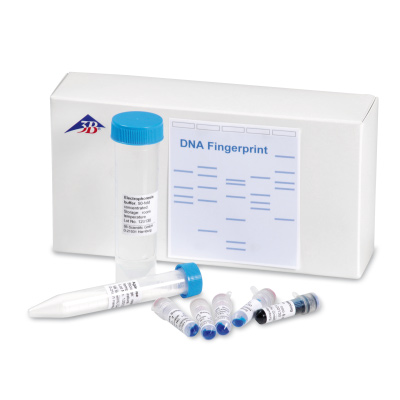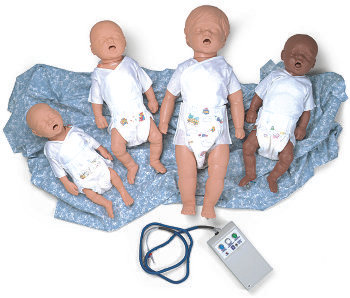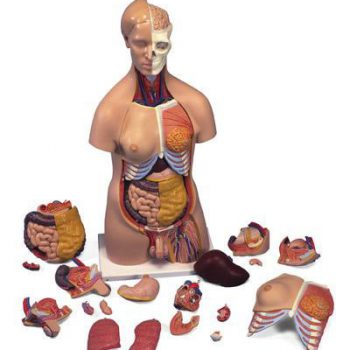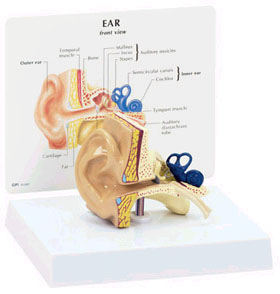DNA fingerprinting is an important method used in molecular genetics. It is now inconceivable, for instance, for criminal forensics to do without it. Other examples of areas where it can be applied are paternity tests, the analysis of genetic diseases, and identifying victims after natural catastrophes or accidents. This method can be demonstrated in a game involving criminal investigations with the help of the “DNA Fingerprint” experiment set. During this procedure, DNA fragments are generated by way of a polymerase chain reaction (PCR), and then separated using gel electrophoresis. In our kit, however, the DNA fragments have already been separated so that the pupils only have to carry out electrophoresis. Using the DNA profiles thus obtained, your pupils can draw their conclusions about where they come from. While doing this, the pupils learn about the practicalities of using molecular genetics techniques, and will be able to discuss the DNA profiles in detail once they have completed the experiment. This topic is also a wonderful way of introducing a discussion about other potential applications for DNA finger printing, as well as about associated legal and ethical issues. Enough for 10 experiments Contents: 120 μl DNA from a victim 120 μl DNA from the scene of the crime 120 μl DNA from suspect n° 1 120 μl DNA from suspect n° 2 50 ml electrophoresis buffer, 50x conc. 6 g agarose 1.5 ml DNA staining solution, 200x conc. Dimensions: approx. 40x40x15 cm³ Weight: approx. 1 kg
50 in stock
Experiment Set “DNA Fingerprint
DNA fingerprinting is an important method used in molecular genetics. It is now inconceivable, for instance, for criminal forensics to do without it. Other examples of areas where it can be applied are paternity tests, the analysis of genetic diseases, and identifying victims after natural catastrophes or accidents. This method can be demonstrated in a game involving criminal investigations with the help of the “DNA Fingerprint” experiment set. During this procedure, DNA fragments are generated by way of a polymerase chain reaction (PCR), and then separated using gel electrophoresis. In our kit, however, the DNA fragments have already been separated so that the pupils only have to carry out electrophoresis. Using the
€189.00







